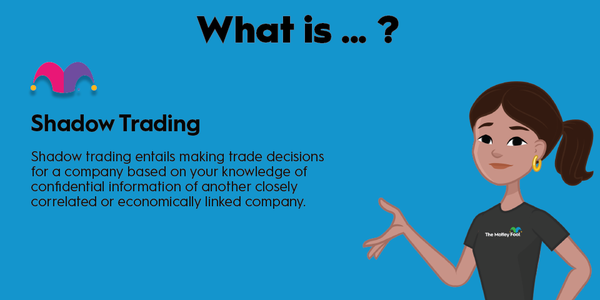There are two types of Wall Street analysts who research stocks and provide educated opinions on them. They are known as buy-side and sell-side analysts, and many investors don't know the difference (or even that there is one).
In this article, we're going to dive into what sell-side analysts are, what they do, and why they matter to investors like you and me.
Definition
What is a sell-side analyst?
A sell-side analyst is an investment analyst whose job is to follow a list of companies, conduct research, and provide reports to their firm's clients on a regular basis. They might analyze competition, conduct fundamental analysis, or examine industry trends.
The goal of a sell-side analyst is to produce a research report, estimate their company's financial results, and determine whether the stock is a good one for clients. They often come up with price targets that can also be useful.
When you see stock analysts on the news, or hear that "Analyst XYZ raised their price target on[company]," these are usually sell-side analysts. Sell-side analysts are employed by investment banks and brokerages -- places that sell financial services to clients.
This is in contrast to buy-side analysts, who work for mutual funds, hedge funds, and other firms that manage money and therefore buy investments.
Why they are important
Why are sell-side analysts important in investing?
You may have heard commentators on the financial news say things like "analysts are projecting $1.00 in earnings per share from Bank of America." Analyst estimates are a product of sell-side analysts that follow a company. Earnings and revenue (and other metric) estimates from several sell-side analysts who cover the same stock are averaged to come up with a number known as the consensus estimate.
Analysts can also move stocks based on their opinions. And this comes in a few forms. Specifically:
- If an analyst increases or decreases their price target on a stock, that stock can move higher or lower in reaction to the new target.
- Analysts often assign ratings to the stocks they cover to convey their overall opinion. For example, many sell-side analysts use the traditional "buy, sell, hold" designations, while others add extreme categories like "strong buy" or "strong sell" to convey when they have a particularly high level of conviction. If a rating is increased, you might hear that an analyst "upgraded" a stock, and it can often move higher. Conversely, if a stock gets "downgraded," especially by a closely followed analyst, it can cause the share price to take a hit.
- If a stock misses the consensus estimate of analysts when it reports quarterly earnings, it can be a negative catalyst. On the other hand, if it reports earnings that exceed the consensus, it can cause a stock to move higher.
How investors benefit
How can investors benefit from sell-side analysts?
It's generally not a good idea to buy, sell, or short a stock just because of a sell-side analyst's opinion. However, sell-side analysis can be a great tool that investors can use to read different opinions on a stock, and to find points of view they haven't considered. Many brokers offer third-party research reports to their clients, and these are examples of sell-side analysis that can be extremely useful in finding attractively priced stocks to invest in.
Related investing topics
Real-world examples
Sell-side analysts in the real world
Sell-side analysts provide some valuable functions in the real world. For one thing, their research is often used by investors of all experience levels and financial means. It is also often used by buy-side analysts to help make investment decisions for their firms.
Sell-side analysts often plan a big role in merger and acquisition (M&A) deals since they conduct unbiased assessments of a target company on behalf of another company interested in acquiring them. They can also help analyze the industry, as well as provide valuable insights on the competition.





































































































